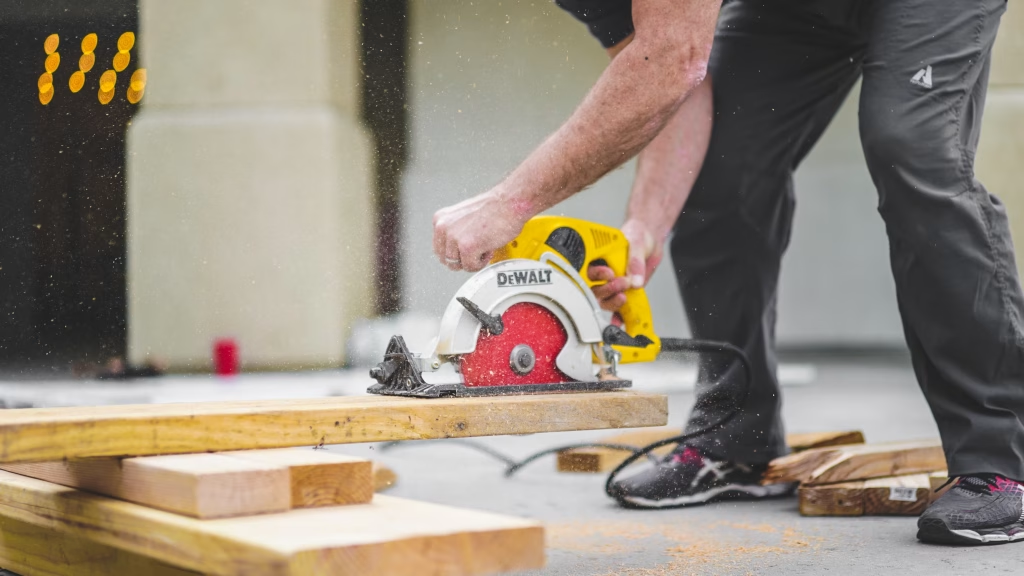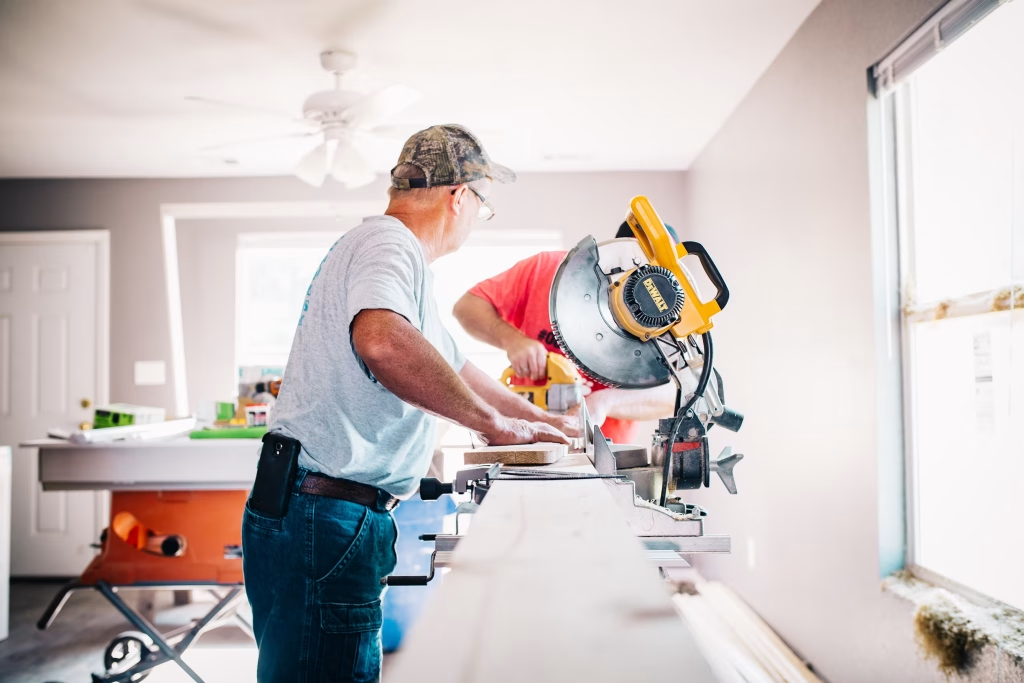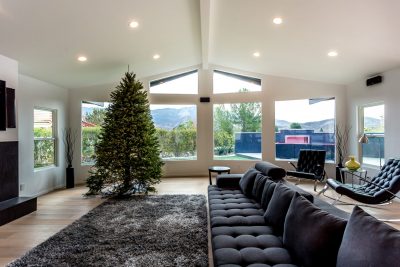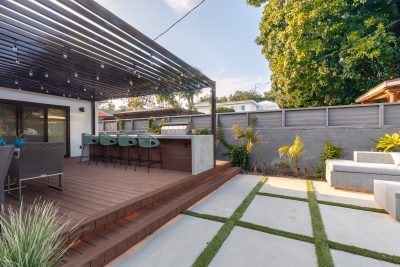
Steps to Take After Your Home Has Burned Down
February 12, 2025
Steps to Take After Your Home Has Burned Down
A Message of Support to Those Affected
Steps to Take After Your Home Has Burned Down: Steps to take after your home has burned down are never easy, and we understand the pain and devastation that comes with such a loss. Losing a home means losing not just a structure, but a lifetime of memories, security, and comfort. Our deepest sympathies go out to those impacted by recent wildfires, and we want you to know that you are not alone.
Rebuilding after a fire is a difficult journey, but with the right steps, you can move forward and create a stronger, safer home. While this process may seem overwhelming, knowing what to do next can help you regain stability and take control of your recovery. Whether you are looking for assistance with insurance claims, temporary housing, or fire-resistant rebuilding, this guide will walk you through every step of the process.

Immediate Steps to Take After a House Fire
Ensure Safety and Secure Your Property
Before anything else, confirm with fire officials that it is safe to return to your home. Structural damage, gas leaks, and unstable foundations can pose serious risks after a fire. If the site is deemed unsafe, do not enter until professionals assess the damage.
Once you receive clearance, document everything. Take photos and videos of the damage, including interior and exterior views. This will be crucial for your insurance claim. Avoid removing any items before the insurance adjuster inspects the property, as this could impact your claim.
To prevent unauthorized entry or further damage, secure the property. Board up windows, lock doors, and, if necessary, install temporary fencing. Some local agencies provide assistance in securing fire-damaged homes.
Contact Your Insurance Company Immediately
Filing an insurance claim is one of the most critical steps to take after your home has burned down. Call your insurance provider as soon as possible to begin the process. Your policy may cover home repairs, personal property replacement, and temporary housing expenses.
An adjuster will inspect the damage and determine the estimated cost of rebuilding. Provide all documentation, including photos, an inventory of lost items, and receipts for valuable possessions. Keep detailed records of all interactions with your insurance company to ensure a smooth claims process.
If your settlement offer seems too low, consider hiring a public adjuster. These professionals work on your behalf to negotiate a fair payout, ensuring that you receive the funds necessary to rebuild.
Find Temporary Housing and Emergency Assistance
If your home is uninhabitable, finding temporary housing should be a priority. Many insurance policies include Additional Living Expenses (ALE) coverage, which can pay for hotel stays, rentals, and even food expenses.
If you do not have insurance coverage for housing, organizations such as FEMA, the Red Cross, and local disaster relief programs can assist with emergency shelter and financial aid.
Keep all receipts related to temporary housing, as they may be reimbursed through insurance or government assistance programs.

Cleaning Up and Assessing Fire Damage
Work with Fire Damage Restoration Professionals
Fire damage goes beyond what is visible. Smoke residue, water damage from firefighting efforts, and structural weaknesses require professional assessment. A fire damage restoration company can evaluate whether repairs are possible or if a full rebuild is necessary.
Restoration services will remove hazardous materials, address smoke contamination, and improve indoor air quality. If your home is partially salvageable, these professionals will guide you through the necessary repairs to restore safety.
Delaying cleanup can lead to further damage, mold growth, and increased costs. It is essential to act quickly and work with licensed professionals to handle post-fire restoration.
Inventory Lost Possessions for Insurance Claims
Creating a list of lost belongings is a crucial part of filing an insurance claim. Document everything you lost, including furniture, appliances, electronics, and personal items. If possible, provide estimated values and receipts.
If you previously created a home inventory, use it as a reference. Digital records, credit card statements, or online purchase histories can help validate the value of lost items.
Some insurance policies cover the full replacement cost rather than the depreciated value of belongings. Check with your provider to understand the terms of your coverage.

Rebuilding Your Home After a Fire
Decide Whether to Rebuild or Relocate
After receiving your insurance settlement, you will need to decide whether to rebuild on the same lot or move elsewhere. Many homeowners choose to rebuild with updated fire-resistant materials and modern home designs.
If you are considering relocation, compare the costs of purchasing a new home versus rebuilding. Some homeowners opt to move to areas with lower wildfire risk.
If you choose to rebuild, partnering with a construction company that specializes in fire-resistant homes ensures that your new home is built to withstand future disasters.
Fire-Resistant Construction Techniques
Rebuilding after a fire is an opportunity to incorporate fire-resistant building techniques that improve safety and longevity. Consider these key upgrades:
- Use fiber cement, stucco, or metal siding instead of wood.
- Install fire-resistant roofing materials such as metal or clay tile.
- Choose dual-pane, tempered glass windows to prevent heat-related breakage.
- Install ember-resistant vents and fireproof attic insulation.
- Create defensible space with non-flammable landscaping.
These fire-resistant upgrades not only enhance safety but may also qualify you for discounts on home insurance premiums.

Secure Permits and Follow Local Regulations
Rebuilding requires obtaining proper permits and adhering to updated building codes. Many areas affected by wildfires have stricter construction regulations to ensure homes are better protected in the future.
Some government programs offer financial assistance, grants, or low-interest loans to fire victims looking to rebuild. Research available funding options before finalizing construction plans.
Working with a design-build firm experienced in wildfire-resistant construction can streamline the process and ensure compliance with the latest safety standards.
Final Thoughts
Knowing the steps to take after your home has burned down is essential to navigating the recovery process. From securing your property and filing insurance claims to rebuilding with fire-resistant materials, each step helps move you closer to recovery.
Our construction team specializes in fire-resistant home rebuilding, providing expert guidance from planning to completion. Contact us today to discuss your fire damage reconstruction and begin rebuilding your home with modern safety features and durable materials.
Additional Resources:
- Remodeling a Kitchen or Bathroom in Los Angeles: A Comprehensive Guide
- Kitchen Remodel Design Choices: A Guide to Finding Your Style
- How a Kitchen Remodel Can Transform Your Home: 30 Reasons to Take the Leap
- Woodland Hills Kitchen Remodel: Who Can Benefit? 20 Reasons Explained
- Who to Hire for Kitchen Remodel
- Kitchen Renovation vs Remodel
- Kitchen Remodel and Design Near Me
- Santa Monica Kitchen Remodel
- Los Angeles Kitchen Remodeling Services
- Kitchen Remodeling Services in Calabasas
- Backyard Kitchen Remodeling Services in Calabasas
- Backyard Kitchen Remodeling Services in Woodland Hills
- Backyard Kitchen Remodeling Services in Culver City
- Chefs Kitchen Remodel Los Angeles
- Beverly Hills Kitchen Remodel
- Los Angeles Kitchen Remodel: Your Guide
- Tarzana Kitchen Remodel
- Tarzana Outdoor Kitchen Remodel
- Los Angeles Kitchen Remodel Trends 2024
Our Service Areas
We are serving Los Angeles metro area. Our service area includes, but is not limited to the following locations: Agoura Hills, Altadena, Arcadia, Atwater Village, Bel Air, Beverly Hills, Beverlywood, Brentwood, Burbank, Calabasas, Camarillo, Canoga Park, Century City, Country Club Park, Culver City, Eagle Rock, Echo Park, Encino, Glassell park, Glendale, Hancock Park, Highland Park, Hollywood, Hollywood Hills, La Brea, La Canada Flintridge, La Crescenta-Montrose, Los Feliz, Manhattan Beach, Mar Vista, Marina del Rey, Melrose, MidCity, Miracle Mile, Moorpark, Newbury Park, Oak Park, Pacific Palisades, Palos Verdes, Pasadena, Playa del Rey, Cheviot Hills, Santa Monica, Sherman Oaks, Silver Lake, Stevenson Ranch, Studio City, Tarzana, Thousand Oaks, Toluca Lake, Topanga, Valley Village, Van Nuys, Venice, West Hills, West Hollywood, Westchester, Westlake Village, Windsor Hills, Woodland Hills


